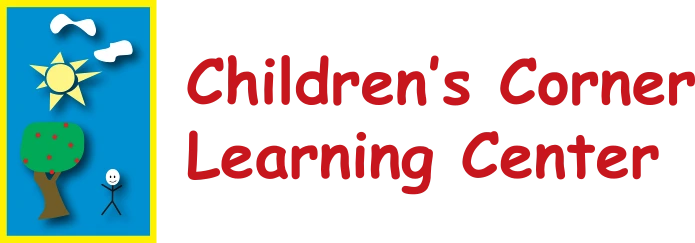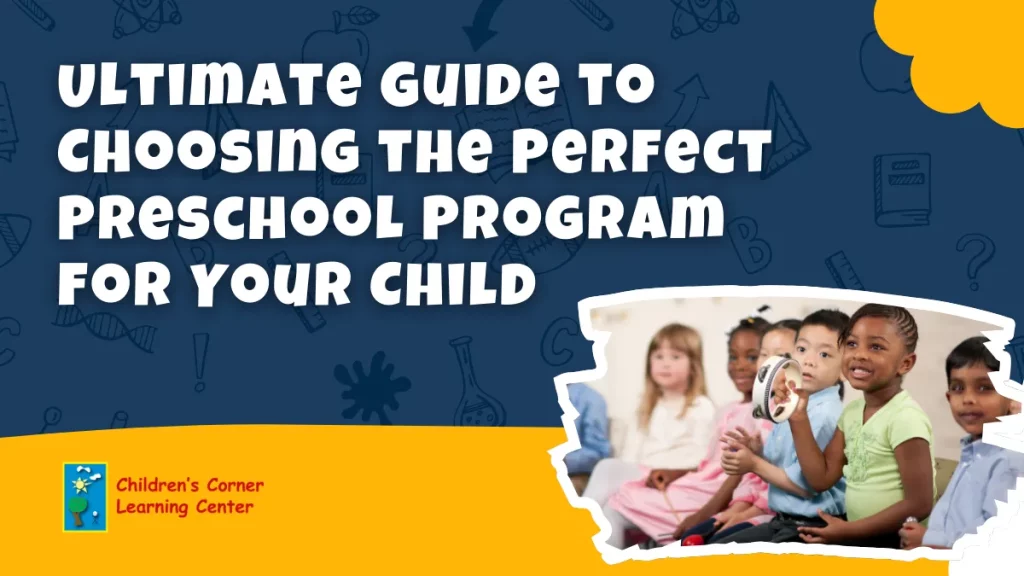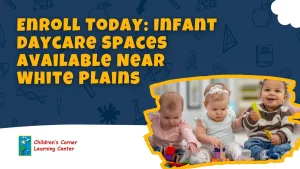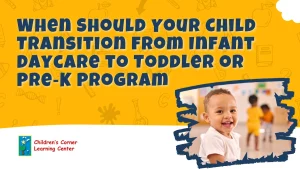How to choose the right preschool program is one of the most important decisions parents face during the early years of their child’s education. The right choice can nurture a love of learning, support social development, and build a strong foundation for future success. With so many options available—ranging from play-based to academically focused programs—it’s essential to evaluate each one carefully.
Factors such as curriculum, teacher qualifications, safety measures, and overall environment all play a role in determining the best fit. This guide will walk you through the inevitable steps to selecting a preschool program that meets your child’s unique needs.
How to Find the Best Preschool Program for My Child
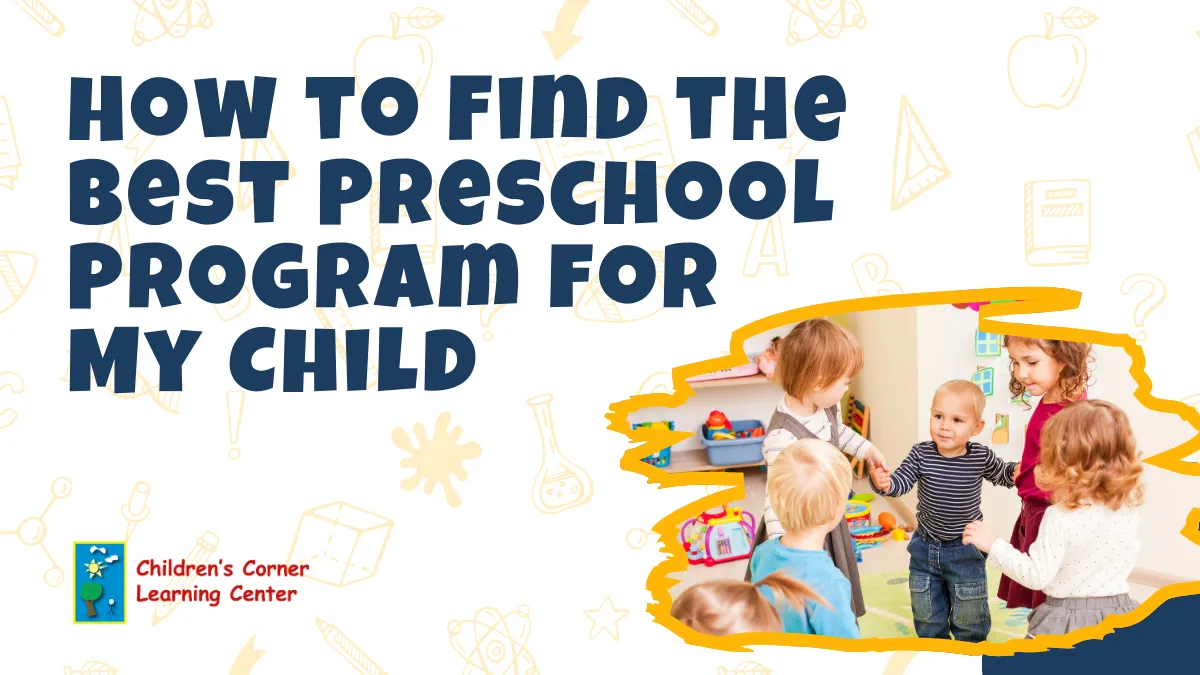
Finding the best preschool program for my child requires looking beyond convenience and considering how well a program fits my child’s personality, learning style, and developmental stage. A strong preschool should nurture academic skills and social, emotional, and physical growth. Evaluating specific elements in each program will help you identify the right match.
Identifying Your Child’s Learning Style and Personality
Every child engages with learning differently, and the ideal preschool will complement these natural tendencies. Consider whether your child prefers active, hands-on experiences or structured, guided lessons.
- Observation during play: Notice whether your child enjoys independent exploration or group activities.
- Response to structure: Some children thrive with consistent routines, while others prefer flexibility.
- Adaptability: Evaluate how easily your child adjusts to new environments and people.
Matching the program’s approach to your child’s personality can make the transition smoother and encourage positive learning experiences.
Considering Developmental Needs and Readiness
Preschool should meet children where they are developmentally, offering appropriate challenges without causing frustration. Look for programs that provide balanced opportunities for growth.
- Age-appropriate activities: Ensure tasks match your child’s physical and cognitive abilities.
- Skill progression: Activities should gradually build on existing skills.
- Support for varying readiness levels: Teachers should adapt lessons for individual needs.
When a preschool aligns with your child’s developmental stage, it fosters confidence and curiosity.
Balancing Academic Goals with Social and Emotional Growth
While early academics are valuable, social and emotional skills form the foundation for lifelong success. Seek programs that integrate both.
- Positive peer interaction: Opportunities to share, cooperate, and resolve conflicts.
- Emotional guidance: Support in recognizing and managing feelings.
- Creative outlets: Art, music, and play to encourage self-expression.
A program that values social-emotional development alongside academics will help your child thrive in all areas of learning.
Preschool Program Comparison: Key Factors to Evaluate

Conducting a preschool program comparison allows parents to see how different options align with their child’s needs and family priorities. Focusing on specific, measurable factors allows you to make a wise decision that balances quality, safety, and developmental support.
Class Size and Teacher-to-Child Ratio
Smaller class sizes and lower ratios give children more individual attention and help teachers better support each student’s progress. These factors also contribute to a calmer, safer learning environment.
- Low ratios: Fewer children per teacher allow for personalized guidance.
- Consistent staffing: Familiar caregivers help children feel secure.
- Small groups for activities: Encourages participation and reduces overwhelm.
When ratios are manageable, teachers can build stronger relationships with each child and meet diverse learning needs effectively.
Safety Standards and Facility Quality
The physical environment of a preschool should be developed with children’s safety and comfort in mind. Cleanliness, organization, and adherence to safety protocols are non-negotiable.
- Secure entry and exit points: Controlled access prevents unauthorized entry.
- Well-maintained equipment: Regular inspections ensure materials are safe and functional.
- Clean, organized classrooms: Reduce hazards and promote focus.
Evaluating safety features ensures your child can explore and learn in a protected environment.
Teacher Qualifications and Staff Experience
Educators are the heart of any preschool program. Their training, experience, and approach to early childhood education directly impact learning outcomes.
- Early childhood education credentials: Formal training in child development.
- Ongoing professional development: Regular training updates teaching skills.
- Experience with diverse learners: Ability to adapt lessons to different needs.
A skilled, dedicated teaching team creates a nurturing atmosphere where children can grow and exceed academically, socially, and emotionally.
By comparing these elements across programs, you can identify which preschool offers the strongest balance of quality, safety, and personalized attention for your child’s unique needs.
Selecting a Preschool Curriculum That Matches Your Child’s Needs
When selecting a preschool curriculum, you essentially choose the framework to guide your child’s learning experiences. The curriculum shapes everything from daily activities to long-term goals, making it one of the most critical factors in your decision.
Understanding Different Curriculum Approaches
Preschools use a variety of educational models, each with its strengths. Familiarizing yourself with these can help you determine the best fit:
- Play-based learning: Encourages creativity and problem-solving through guided play and exploration.
- Montessori method: Promotes independence, responsibility, and self-paced progress through hands-on activities.
- Reggio Emilia’s approach: Builds skills through collaborative, project-based work that focuses on creativity.
- Academic-focused programs: Prioritize structured literacy, numeracy, and science lessons for early academic readiness.
Identifying which approach aligns with your child’s temperament and learning style will help narrow your options.
Aligning Curriculum with Kindergarten Readiness
A strong preschool curriculum should prepare children to transition to kindergarten without creating unnecessary pressure. Look for:
- Balanced skill development: Equal focus on cognitive, social, emotional, and physical skills.
- Progressive learning structure: Concepts and activities build naturally over time.
- Enrichment opportunities: Music, art, and physical activities that promote creativity and well-being.
A well-balanced curriculum ensures your child develops confidence and adaptability.
Considering Flexibility and Individualization
Children progress at different rates, and a quality curriculum accommodates these differences. Signs of flexibility include:
- Differentiated instruction: Teachers adapt lessons to meet various learning levels.
- Observation-based planning: Adjustments made in response to individual progress.
- Opportunities for choice: Children have input in selecting activities based on their interests.
A curriculum that blends structure with adaptability supports growth while nurturing a love of learning.
Visiting and Observing Potential Preschools
Visiting in person is one of the most revealing steps in choosing the right preschool. Observing the daily flow, teacher interactions, and overall atmosphere provides valuable insight beyond brochures or websites.
What to Look for During Classroom Visits
A high-quality preschool environment will be both safe and stimulating. During your visit, note:
- Clean and organized spaces: Reduce hazards and help children focus.
- Accessible learning materials: Items are placed where children can use them independently.
- Engaged and happy students: Children appear curious, active, and comfortable in the setting.
These elements signal that the environment supports both exploration and safety.
Observing Teacher-Child Interaction
The relationship between staff and students is at the heart of preschool quality. Look for:
- Respectful communication: Teachers speak calmly and listen attentively.
- Positive reinforcement: Praise and encouragement are used to guide behavior.
- Active participation: Teachers join in activities, modeling engagement and enthusiasm.
Strong interactions show that teachers are invested in children’s growth.
Evaluating Overall Atmosphere and Engagement
Beyond structure and curriculum, the atmosphere shapes the day-to-day experience. Consider:
- Warm, inclusive environment: Every child is welcomed and supported.
- Smooth transitions: Movement between activities happens without confusion or stress.
- Balanced pace: The day includes both active play and quiet reflection.
By paying attention to these details, you can better assess whether the preschool offers the nurturing and engaging environment your child needs to thrive.
Conclusion
Choosing the right preschool program is an investment in your child’s future. By understanding your child’s learning style, comparing program features, evaluating curriculum options, and observing classrooms in person, you can confidently select an environment that supports growth in every area—academic, social, emotional, and physical. The best preschool is where your child feels safe, inspired, and eager to learn daily.
Taking the time to research, ask questions, and trust your observations ensures you make a decision that aligns with your family’s values and your child’s unique needs. When these elements unite, preschool becomes the perfect stepping stone toward a lifetime of learning success.
Discover how the right environment can make all the difference—call (800) 933-7757
or visit www.childrenscornergroup.com/book-a-tour to schedule your personal tour at Children’s Corner Learning Center today.
